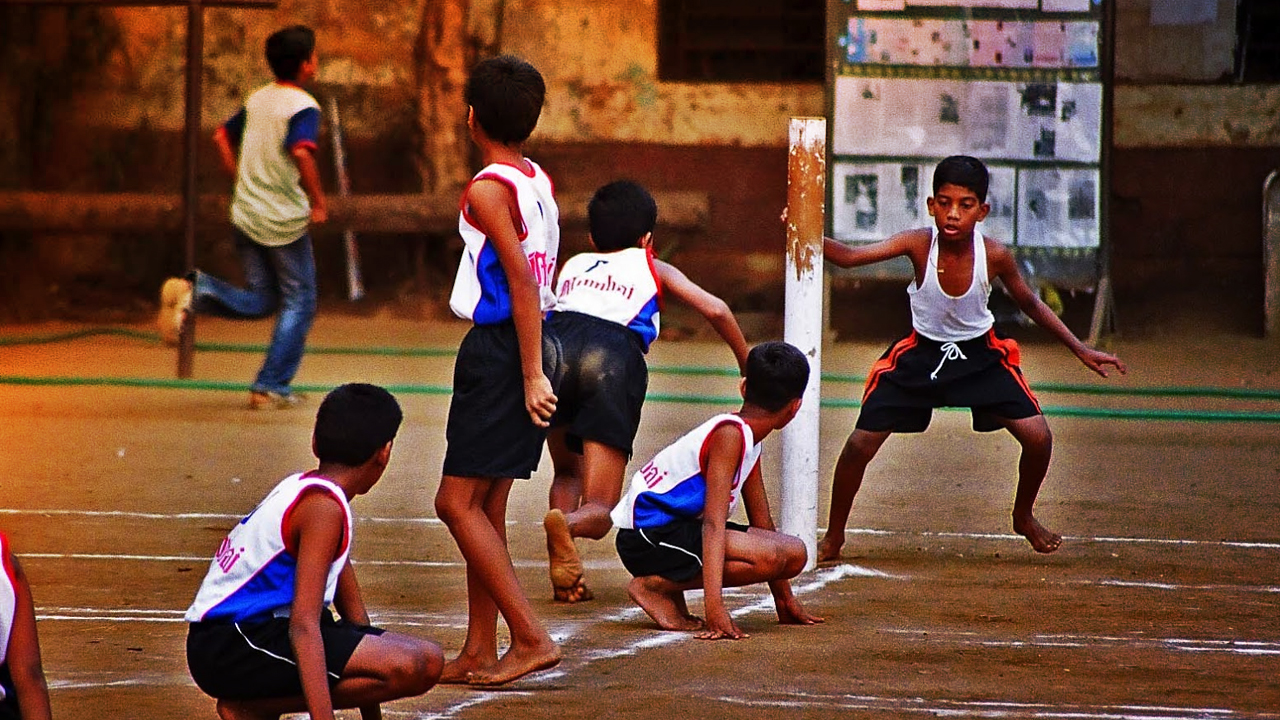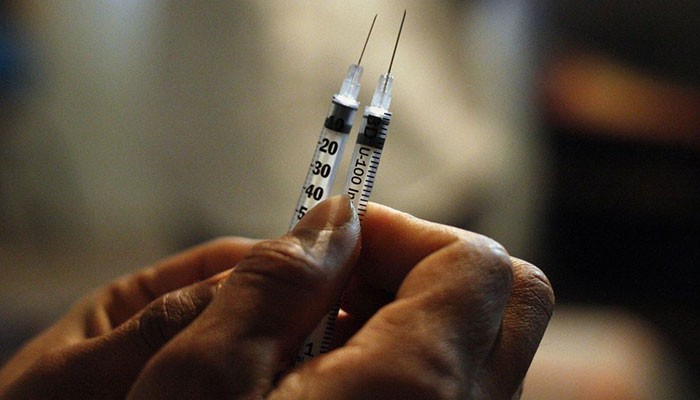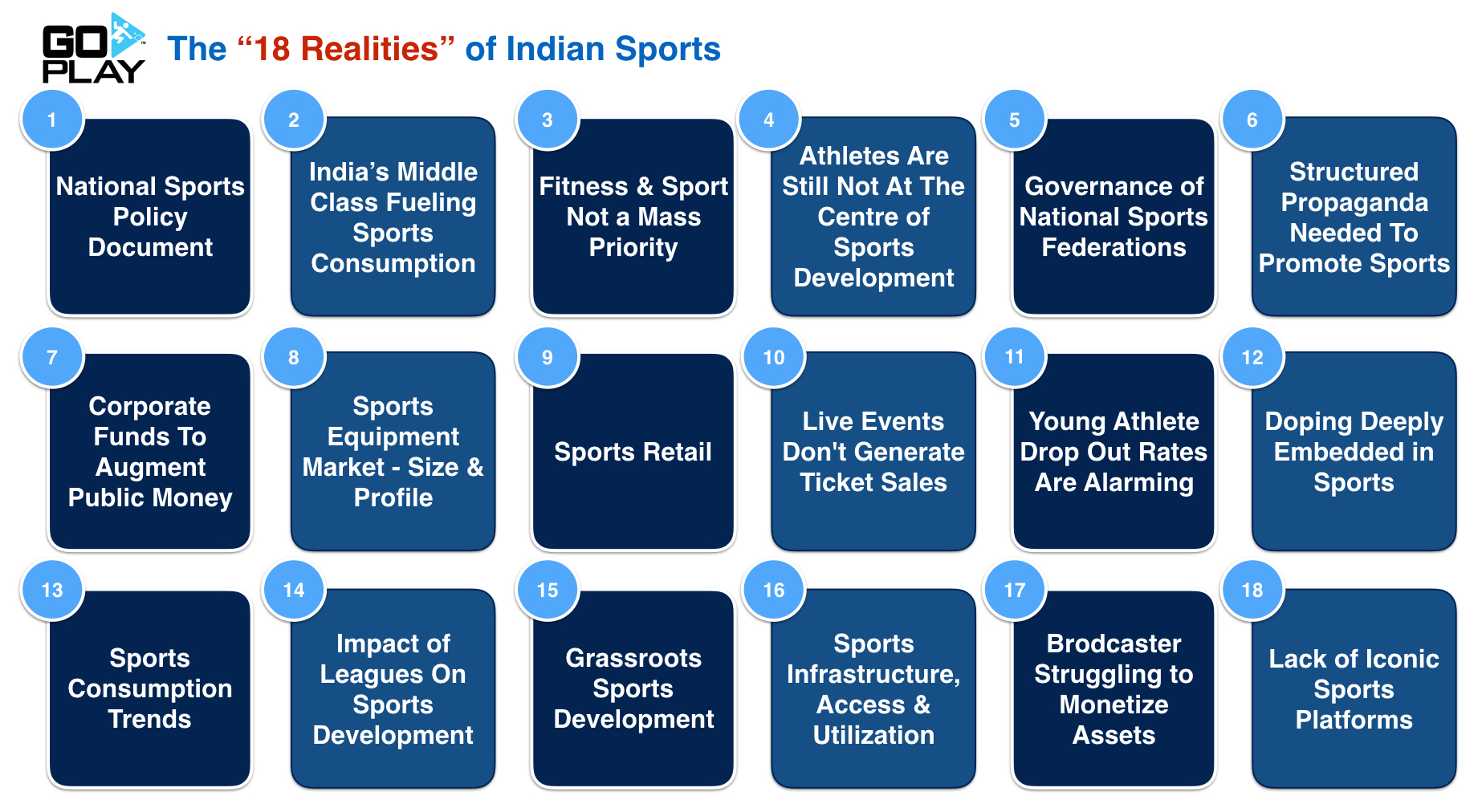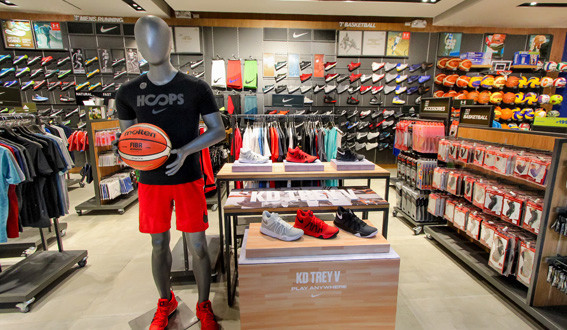Begin typing your search above and press return to search.
Featured
18 harsh realities of Indian Sports

As the sports ecosystem continues to develop, mature and professionalize, there are some key emerging themes that provide character to this journey. Although 18 elements below seem too many, the efforts through this article is to capture all core elements that define the character & the nature of sports in India. While all long term indicators point in the right direction, it is critical to take cognizance of the reality and then build out from there.
 In 2018, the World Anti Doping Agency (WADA) watch list features India on the 6th position with regard to doping violation. Between 2013 - 16, India featured at 3rd position on this list. This improvement is ranking is not because of strict enforcement of regulation or on account of greater athlete awareness but because the quantum & frequency of testing has been reduced by (National Anti Doping Agency) NADA. In addition, at the Khelo India School Games in 2018, 12 athletes were found guilty of doping violations. Also Read: India's doping troubles at The Games
In 2018, the World Anti Doping Agency (WADA) watch list features India on the 6th position with regard to doping violation. Between 2013 - 16, India featured at 3rd position on this list. This improvement is ranking is not because of strict enforcement of regulation or on account of greater athlete awareness but because the quantum & frequency of testing has been reduced by (National Anti Doping Agency) NADA. In addition, at the Khelo India School Games in 2018, 12 athletes were found guilty of doping violations. Also Read: India's doping troubles at The Games
(1) National Sports Policy Document:
India still doesn't have a National Sports Policy Document. Although a draft policy document is rumored to be under finalization and is scheduled to be tabled in the Lok Sabha in the second half of 2018.(2) India's Middle Class Household Sports Spend in 2025:
India's 267 million middle class households will grow to about 547 million households by 2025. At a conservative estimate of INR 15, 000 (USD 225) per household, one participant per household & 30% participation rates, India's annual spend on sports & recreation activities will ballon to about USD 3.7 billion.(3) Fitness & Sports is Not a Top Priority for the Masses:
Research by Statista indicates that about 10% of India exercises less than one hour per week. Another study by Puma last week indicated that 57% of India hasn't played a sport even once in the last 12 months. Overall, less than 2% of India participates in Sports.(4) Athletes Are Still Not the Centre of Sports Development:
Athletes are at the mercy of the Sports Federation and suffer their apathy as well as their lack of understanding of the nuances of the sport or the realities of being an athlete. Instead of being treated as national treasures and national icons, they struggle for basic institutional support and a few words of encouragement. Rather, the federation uses its powers to control selection to national camps, bilateral tournaments, access to specialized coaching & selection to iconic international events.(5) The Governance of National Sports Federations:
Key characteristics include - politicians continue to be involved, infighting, lack of athletes and very few women representation in governance appointments, limited transparency & disclosure, no formal vision document on sports development and extended tenure of appointees. In addition, sports federations exist to further the agenda of key personalities rather than develop the sport keeping the athlete at the centre of all decisions. And this is exactly where the plot is lost.(6) Structured Propaganda to Build Awareness & Promote Sports:
A multi year campaign to direct youthful energy to creative pursuits is critical in a country like India, where 42% of Indians are under the age of 20 years. Otherwise we will suffer the social repercussions and consequences of the same. A 'Swachh Bharat Campaign' like effort to promote sport at the country level, directly spearheaded by the Prime Minister is what is needed.(7) Corporate Funds Needed To Augment Public Monies To Develop Sports:
As the Sports Minister recently indicated, there is enough money to support Indian sport but it needs to be spent wisely and as part of a structured and monitored plan. In addition, Corporates need to find a way to support the development journey of a sport over an extended period of time and thereby create patronage, brand loyalty and enhance reputation. In addition, under the CSR umbrella, make it compulsory for Corporate India to allocate a small percentage towards sports development. On top of that, put a 'sports tax' on all vice based industry including cigarettes, alcohol and gambling. This will automatically create a fund pool to accelerate sports development in India.(8A) India's Sports Equipment Market Size:
In 2016 - 17, India's total output was USD 228 million of which 60% was exported. Employs about 500, 000 people. UK, US, UAE, Australia, South Africa and Germany were the major export markets for Indian sports goods. Jalandhar (Punjab) & Meerut (UP) account for about 70% of our total production. Major export items include inflatable balls, cricket bats & leg pads, rugby balls, sports nets and gymnasium & athletics equipment.(8B) Profiling The Indian Sports Equipment Industry:
The sports manufacturing industry in India, especially the MSME sector is largely fragmented, unable to scale & under severe cost pressure. It is dominated by 10 - 12 large manufacturers with the balance engaged in contract manufacturing. These smaller players lack access to funds, skilled manpower availability and direct connects with the market place are available to only a few. The industry is characterized by lack of thought leadership, inability to innovate and lead market demand. In addition, the industry is unable to externally leverage and then internally apply industry learnings due to poor eco system connects & lack of interaction platforms. Most importantly, there is an urgent need to enforce testing & product quality standards & a product certification process.(9) Sports Retailing in India:
The Indian sports retailing market is growing at a healthy rate of 9-12% and is projected to grow to USD 6 billion in 2025 (ICRIER). About 2% of goods are sold through specialized online sports retail channel, about 3% are sold through multi product mass online retailers while about 12-15% are sold through on ground stores. Market research reports (source: npd.com) indicate India is the 11th biggest market for sports apparel and footwear in the world, with an estimated INR 400 billion being spent every year, growing at a rapid pace of ~30% YoY. Recreational sports also fall in the unique intersection of health/fitness/wellness space and leisure/recreation space, both of which have projected market size in excess of INR one trillion.(10) Live Events Struggle To Generate Revenue Through Ticket Sales:
Having attended a few events across badminton, kabaddi, cricket and football across multiple venues in different cities, the reality is that the contribution of ticket sales to the revenue pie is not even 10%. Tickets have to be gifted to the municipality, police, government officials, sponsors amongst many others. And even after doing this, 70% of the arena remains empty.(11) Young Athlete Drop Out Rates Are Alarming:
Close to 82% of individuals drop out of competitive sport between the age groups of 15 - 18 years. The drop out rates are even higher for girls. Contributing factors include academic pressure, declining interest levels, lack of career opportunities, lack of financial support and high performance pressure. And the drop out rates increases with higher age groups in India.(12) Doping Runs Deep in Indian Sport:
 In 2018, the World Anti Doping Agency (WADA) watch list features India on the 6th position with regard to doping violation. Between 2013 - 16, India featured at 3rd position on this list. This improvement is ranking is not because of strict enforcement of regulation or on account of greater athlete awareness but because the quantum & frequency of testing has been reduced by (National Anti Doping Agency) NADA. In addition, at the Khelo India School Games in 2018, 12 athletes were found guilty of doping violations. Also Read: India's doping troubles at The Games
In 2018, the World Anti Doping Agency (WADA) watch list features India on the 6th position with regard to doping violation. Between 2013 - 16, India featured at 3rd position on this list. This improvement is ranking is not because of strict enforcement of regulation or on account of greater athlete awareness but because the quantum & frequency of testing has been reduced by (National Anti Doping Agency) NADA. In addition, at the Khelo India School Games in 2018, 12 athletes were found guilty of doping violations. Also Read: India's doping troubles at The Games (13) Key Consumption Trends:
Four Emerging Trends include - (A)Women Are key consumers of sports related content. Close to 35-38% of all sports related consumption including cricket is driven by the Ladies. (B) Rural India consumers 40-47% of sports related content. (C) By 2021, 75% of internet users will consume content in regional languages. (D) Digital consumption growing rapidly with increasing penetration.(14) Limited Impact of Sports Leagues on Sports Development:
Cricket has benefitted from IPL in the sense that backward integration across regional and state cricket has improved participation & viewership, strengthened the talent pipeline across formats, brought in fundings & sponsors, created multiple properties, built the institutional support system at the grassroots level and created financial sustainability for athletes. This fundamental impact & benefit has not percolated downwards in other sports where sports leagues have been incubated. This should have been a 'by-product' but the league design never permitted this to happen.(15) Grassroots Sports Development Still In Its Infancy:
The reality is that agencies driven by passion for sports development are the only ones involved at the grassroots level. Companies motivated by profit and quick returns are unable to penetrate this space or make an 'on the ground' difference. The federations and the state level machinery at the grassroots level is only as effective as their intent & their vision.(16) Poor Sports Infrastructure, Access & Utilization:
If India could just improve access to available sports infrastructure for the masses, one third the agenda would be addressed. If more people have access to sporting facilities at an affordable cost, utilization rates would automatically increase. And this would sort out another one third of the agenda. And rather than create new infrastructure, if we could upgrade our current facilities, the balance one third of the agenda would get addressed.(17) Broadcasters Under Stress To Commercialize & Monetize Assets:
Each sport has a unique nature to its commercial potential based on multiple factors such as viewership, participation rates, brand potential, fan following of the sport and its stars, the history of the sport over time and India's international success in the sport. In addition, the commercial model of the sport takes time to mature and stabilize before delivering returns to its investors. Yet, league promoters have the tendency to blindly copy the IPL template and completely ignore the realities of their sport. On top of all of this, the broadcaster who is a critical driver to monetizing this asset, gets caught up in his efforts to expand his sports content & portfolio and therefore pays a hefty premium while acquiring the broadcast rights. All of the above puts the commercial model under severe pressure and impacts all stakeholders in different ways.(18) India Not Building Iconic International Sports Platforms in India:
While looking to develop sports, India needs to build out its sports properties beyond the leagues. The city based events such as the Mumbai & Delhi Marathons are one way and have surely delivered spectacular success over the last decade. Sports promoters need to evaluate the viability of other iconic international sports platforms such as The Tour De France, The Iron Man & Spartan to add to our country kitty. Even better would be if we build our own events on the same lines to promote localization - culture, food, heritage and tourism.We have to look back and critically evaluate our journey to date, in order to plot our way forward. As they say, "Who You Are Tomorrow, Begins With What You Do Today."
Next Story








